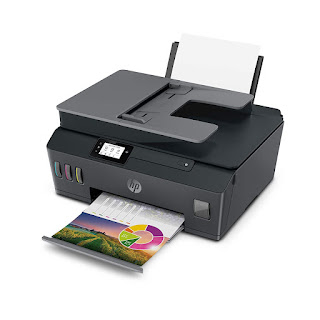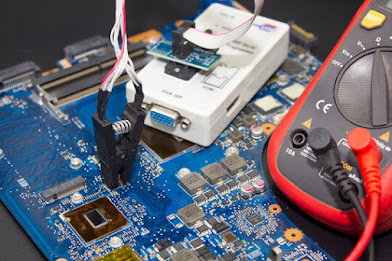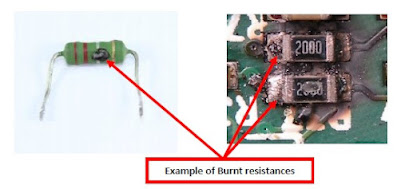A super I/O (Input/Output) Integrated Circuit (IC)
A super I/O (Input/Output) Integrated Circuit (IC) is a chip that manages the input and output functions of a computer, such as keyboard and mouse input, serial and parallel port communication, and hardware monitoring. It is typically found on the motherboard of a computer and is responsible for managing the low-level communication between the computer's hardware and software.
A super I/O IC is made up of several sub-components, such as a keyboard controller, a serial port controller, and a parallel port controller, which each manage a specific input or output function. The super I/O IC also contains a hardware monitor that monitors the temperature, voltage, and fan speeds of the computer and can alert the user if any of these values exceed a certain threshold.
The super I/O IC is an essential component of a computer's motherboard as it enables the various hardware components to communicate with each other and with the operating system. It is also responsible for providing the necessary inputs and outputs for the user to interact with the computer.
Identify the symptoms: The first step in troubleshooting a super I/O IC is to identify the symptoms that you are experiencing. This could include issues with keyboard or mouse input, problems with serial or parallel port communication, or hardware monitoring errors.
Check connections: The next step is to check the connections between the super I/O IC and the other hardware components. Make sure that all the cables are securely connected and that the super I/O IC is properly seated in its socket on the motherboard.
Check the BIOS settings: The BIOS (basic input/output system) settings can also affect the functioning of the super I/O IC. Check the BIOS settings and make sure that the super I/O IC is enabled and configured correctly.
Update the super I/O IC driver: The super I/O IC may not be functioning properly if the driver is outdated or corrupted. Check for updates to the driver and install any available updates.
Replace the super I/O IC: If the above steps do not resolve the issue, the super I/O IC may be faulty and may need to be replaced. Consult the computer's manual or manufacturer's website for instructions on how to safely remove and replace the super I/O IC.
It is important to note that troubleshooting a super I/O IC can be complex and may require advanced technical knowledge. If you are unsure or uncomfortable with performing these steps, it is recommended to seek the assistance of a qualified technician.







Comments
Post a Comment